The pouffe or, ‘pouff’ as some of you might know it, is an upholstered footstool or low-to-the-ground seat. Pouffes come in all shapes and sizes; round, rectangular, and square – you name it, a pouffe can be it. Filled with an array of soft materials, pouffes are one of furniture’s most unique accompaniments.
Where does the word ‘pouffe’ come from?
First used in the mid-19th century, the word ‘pouffe’ comes from the French language. It originates from the French word ‘pouff’, which literally means “puff” or “puffed”. The furniture industry owes a lot to the French. Remember, chaise lounge? Another French masterpiece.
Pouffe is a British English word derived from the French ‘pouff’. Although there are differences between an ottoman and pouffe, in American English, pouffe is translated to ottoman. A typical American response to a beautiful word. We shouldn’t be surprised, just look at: courgette v zucchini, appetiser v starter, chemist v drugstore, etc. Anyway, we digress.
Why is a pouffe called a pouffe?
That leads us nicely onto understanding why a pouffe is called a pouffe. As we know, pouffe comes from the French word “pouf”. Pouf is an onomatopoeic term that mimics the sound of puffiness, mirroring the furniture’s padded nature. Mimicking the French word “puff”, a pouffe is soft with a puffed appearance.
Who knew the pouffe had such a rich history? Honestly, we don’t make this stuff up. So, what is the difference between an ottoman and a pouffe?
What is the difference between an ottoman and a pouffe?
One question that gets asked time and time again is what is the difference between an ottoman and a pouffe. An ottoman and a pouffe are very similar, but do have a couple key differences. Language, design and functionality being the main ones.

Language:
Ottoman is American English whereas pouffe is British English, as stated above. That being said, ottoman is a term that was used by the Ottoman Empire and is derived from that time period. The ottoman has a history that goes back to the 14th century. The Ottoman Empire spanned much of Eastern Europe, Western Asia and Northern Africa, so don’t rule it out as an American adaptation of a European classic (i.e. pouffe). More on the ottoman here.
Design:
Generally speaking, pouffes are small, circular in nature – oval or round – and come 100% upholstered. That means, no solid wooden or metal frame. More cushion, less furniture.
Ottomans, on the other hand, are larger furniture items. Traditionally, they are square or rectangular and have a solid frame; usually built from wood. Ottomans are also known to have storage compartments; storage ottomans being their own sector.
Functionality:
Apart from being used as a footrest, pouffes are also seen as decorative items, an accessory that adds personality to a room. They can also be used for extra seating; more bean bags than armchairs, but they do the job. Ottomans are a sturdier version of all the pouffe functionalities mentioned above. One thing an ottoman provides that a pouffe does not is that it can be used as a coffee table, or even, a dining table. A crossed-leg, sat-on-the-floor, kind of dining table.
Ottomans and pouffes are essentially the same thing, but a pouffe is an informal version of an ottoman. Both have benefits and can be worked into any interior depending on the look and feel of the interior. For symmetry and a pairing with your sofa, look no further than an ottoman. If relaxation, quirkiness and a unique touch is more of your thing than, maybe, a pouffe is the answer.

Also, ottomans come already made; a straight-off-the-shelf furniture item. Whereas, pouffes can be bought without any stuffing, which means you can be creative with its level of comfort and its look.
What is the best thing to stuff a pouffe with?
A pouffe can be stuffed with anything, literally. Well, not quite. Almost anything. But it really depends on the comfort levels you seek, and your budget. So, here are a few ideas you could work with.
- Foam
- Down
- Bean bag balls
- Recycled materials
- Buckwheat hulls
- Recycled paper
FYI, you can of course buy pre-stuffed pouffes if you can’t be bothered to stuff them yourself, no judgement.
Foam: the most obvious filling. High-density foam is used across Swyft sofas, so it’s been tried and tested by thousands of customers. Foam has comfort at its core, but also comes with excellent bounce back qualities. The pouffe is guaranteed to keep its puff.
Down: For a more expensive and, truly, luxurious feel, Down is the one. As light and as soft as a feather, it’s the ultimate pouff pastry. Bare in mind, Down will need more maintenance than foam – requiring regular fluffing to keep their shape.
Bean bag balls: the pallets that go in bean bags are a great option for stuffing a pouffe. Relatively inexpensive, easy to source and lightweight. Overnight, they are known to compress and will probably need to be replaced. That being said, bean bag balls are a great time sensitive solution.
Recycled materials: for a cheap, cost effective and environmentally friendly stuffing solution. Have you thought about using old clothes, towels, flannels, blankets, throws, duvets? Any textile will work.
Buckwheat hulls: an incredibly eco-friendly pouffe stuffing solution. Buckwheat hulls are seeds used in porridge and can be cooked like Bulgar wheat. They can also be used to stuff a range of items, including pillows. They are a natural material that doesn’t retain heat like its synthetic counterparts. Win, win.
Recycled paper: Do you have any old newspapers lying around? Now, I’m not entirely sure how comfortable this will be, but it’s worth a shot. Stuffing a pouffe with old newspaper, or any type of paper that is headed for the bin – nasty, shame-ridden, credit card statements, for example – would be a good place to start. This free stuffing option is a perfect tester. If it doesn’t work, just try one of the options above. No money lost.
Although there are similarities between pouffes and ottomans, the differences are quite large - and will have an impact on the look and feel of a room.
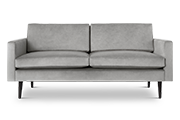
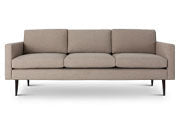 Model 01
Model 01
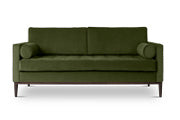 Model 02
Model 02
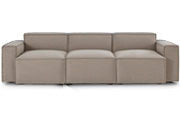 Model 03
Model 03
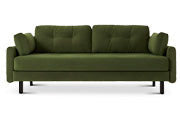 Model 04
Model 04
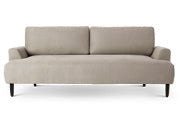 Model 05
Model 05
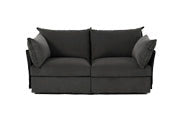 Model 06
Model 06
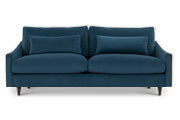 Model 07
Model 07
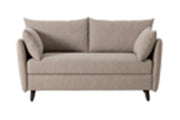 Model 08
Model 08
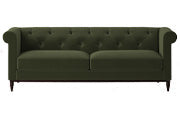 Model 09
Model 09
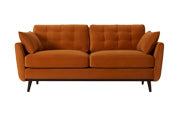 Model 10
Model 10
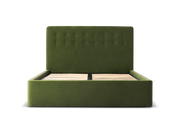 Bed 01
Bed 01
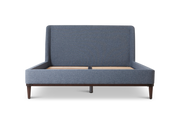 Bed 02
Bed 02
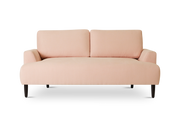
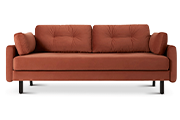
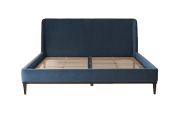
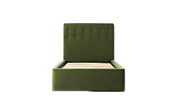 Single
Single
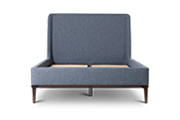 Double
Double
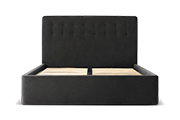 King
King
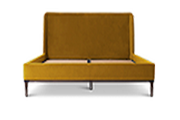 Super King
Super King
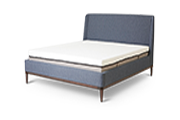 Mattresses
Mattresses
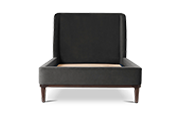 All Beds
All Beds
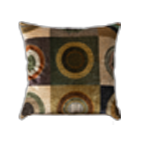
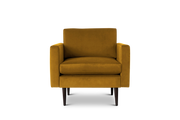
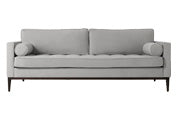
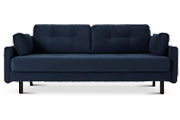




Want more? Discover interior inspiration and exclusive updates
Sign up to our weekly newsletter for more like this.